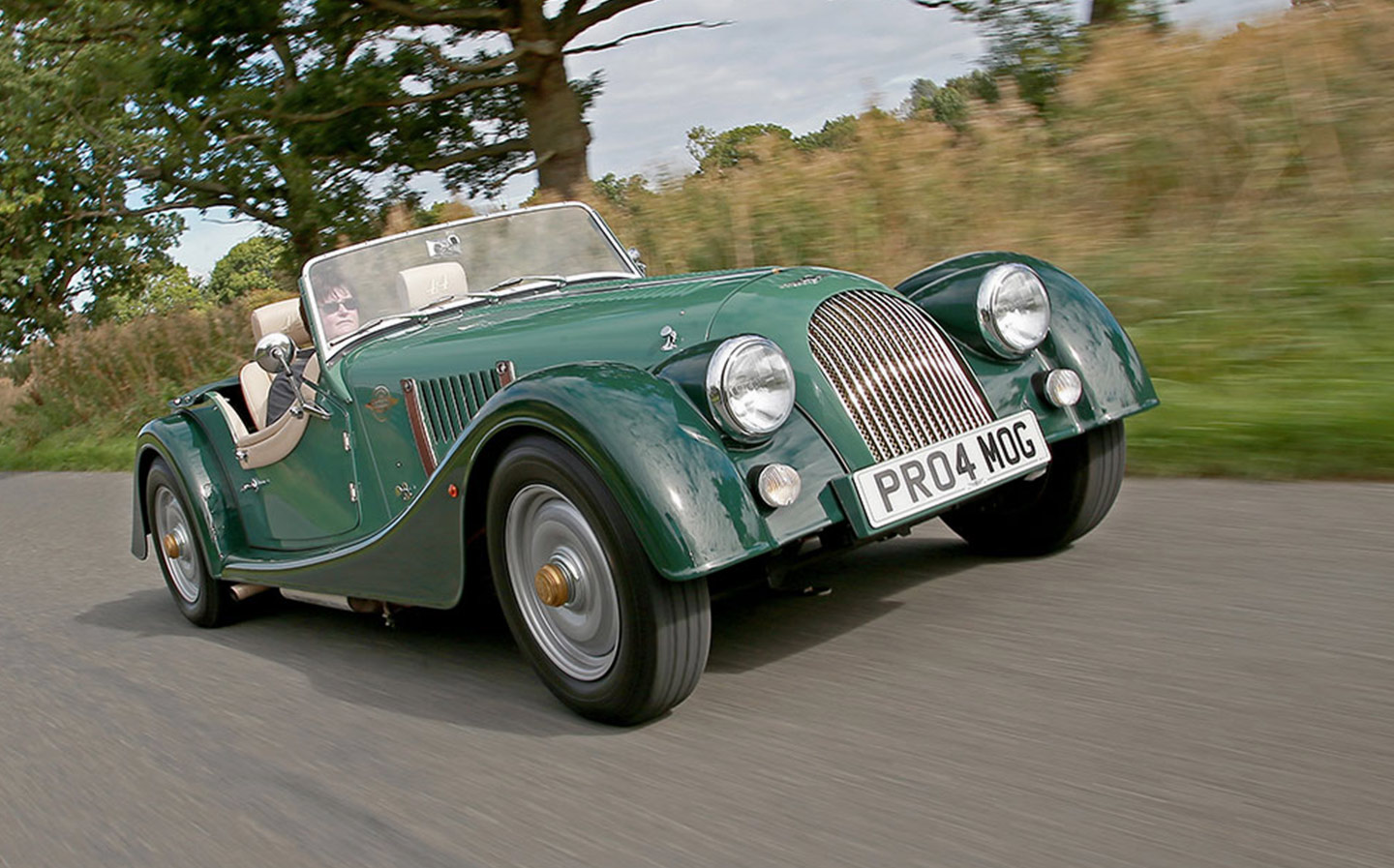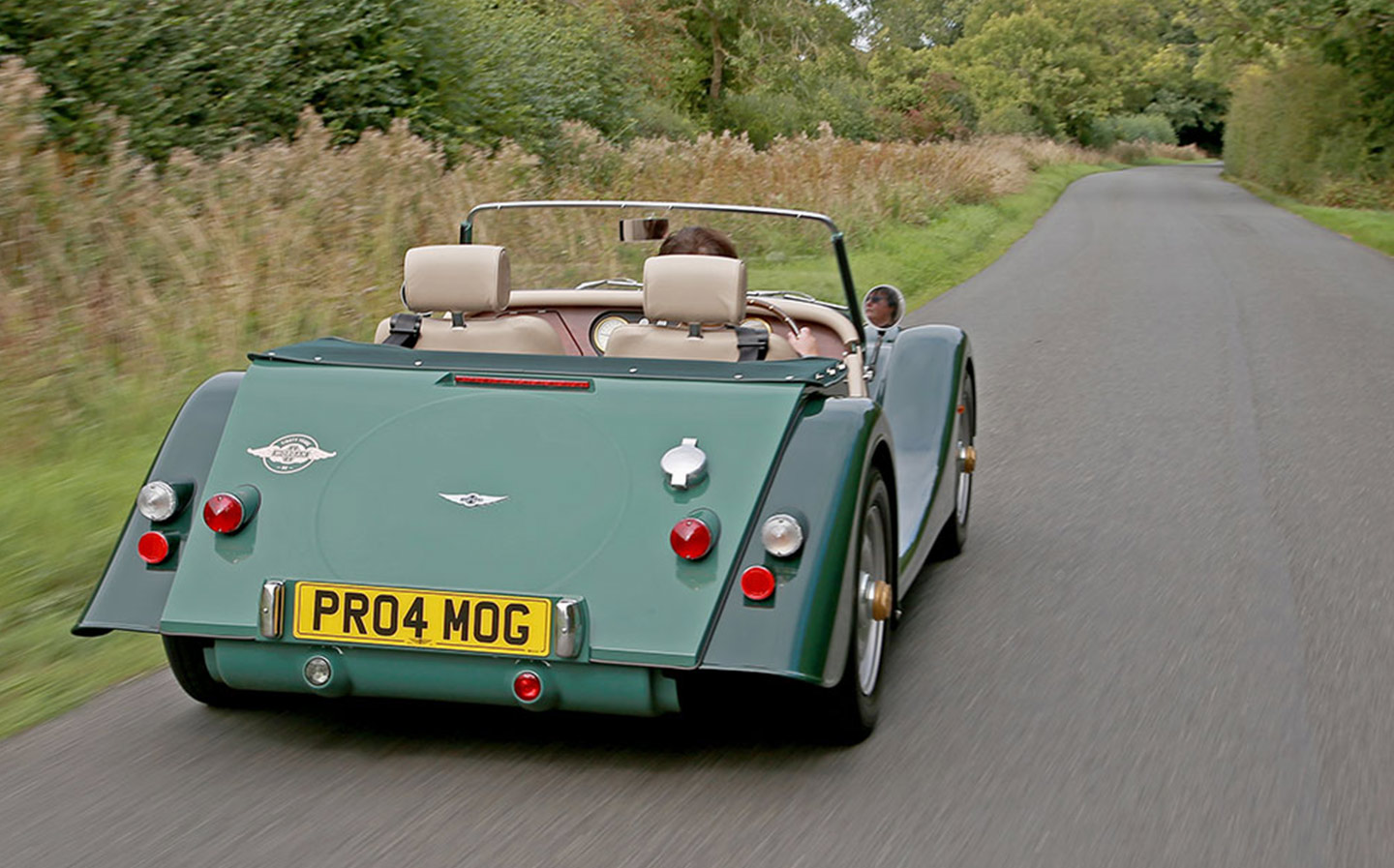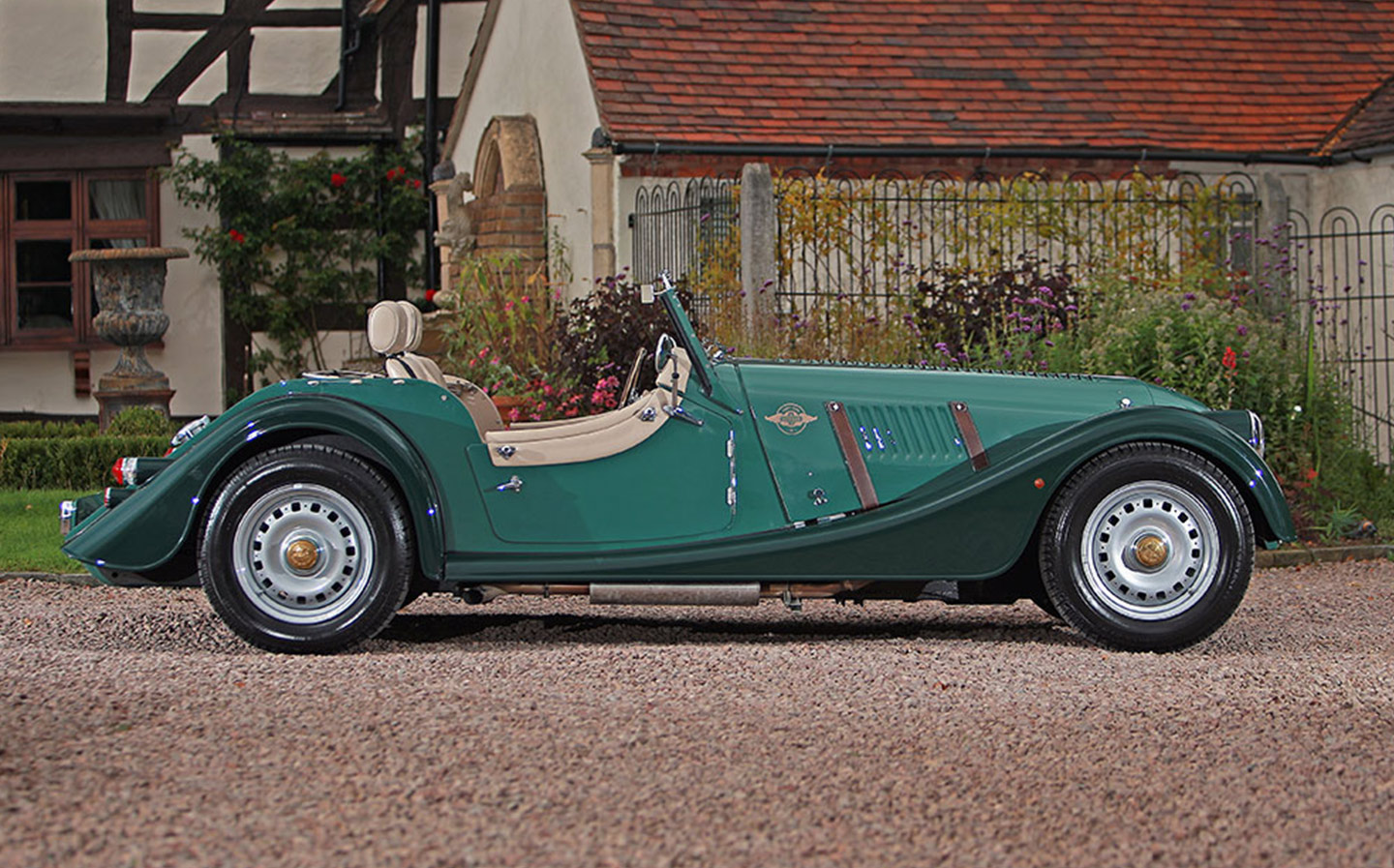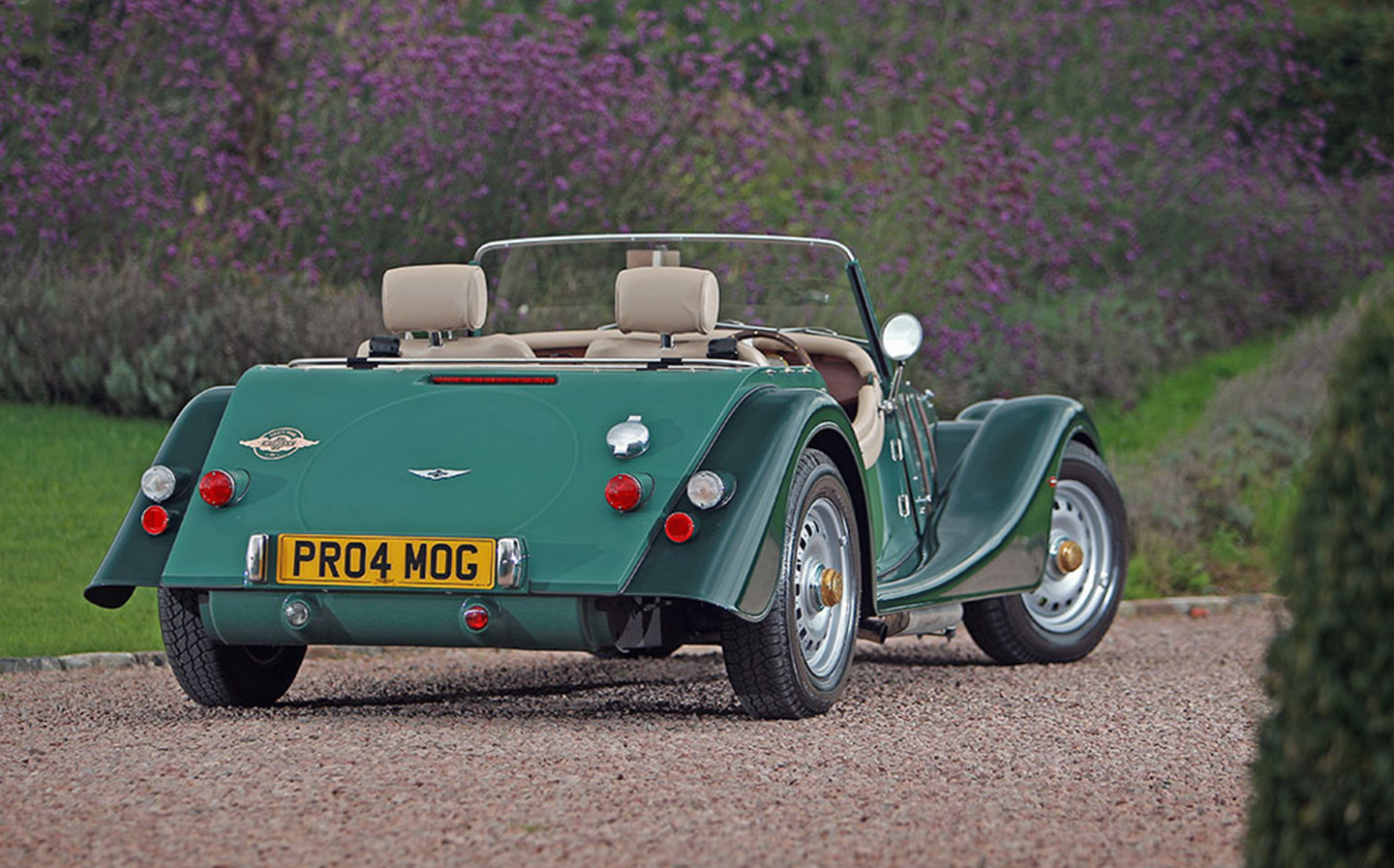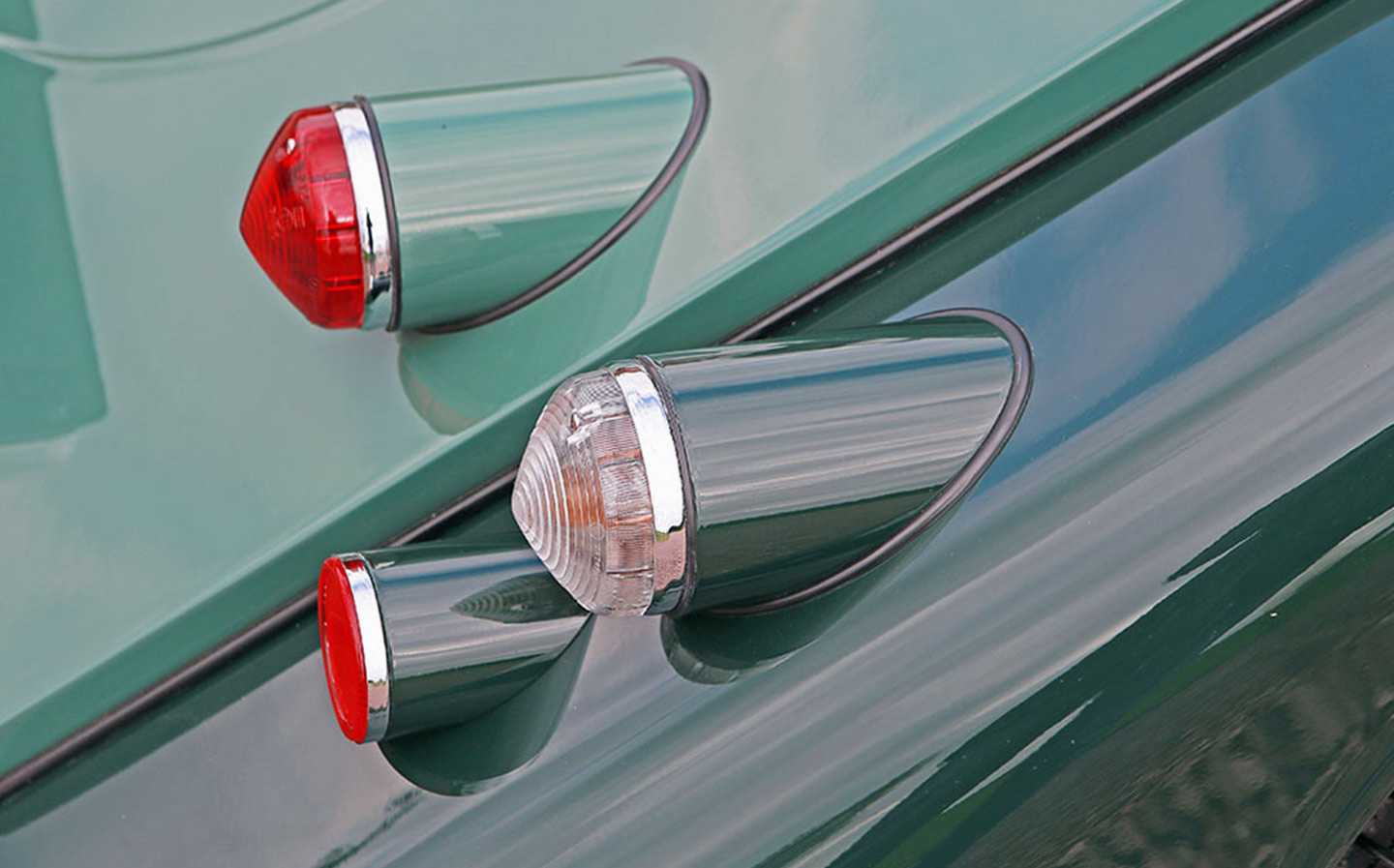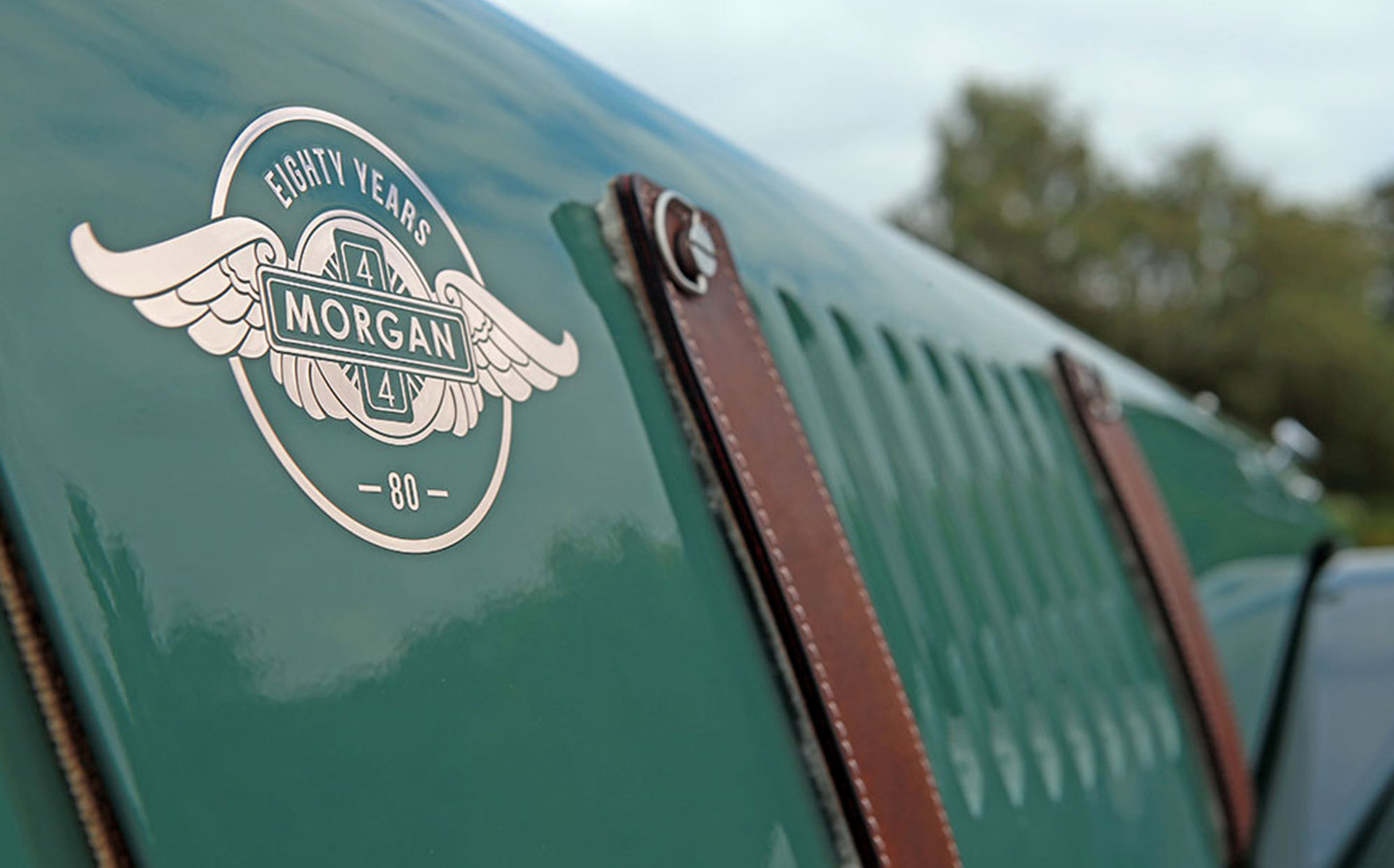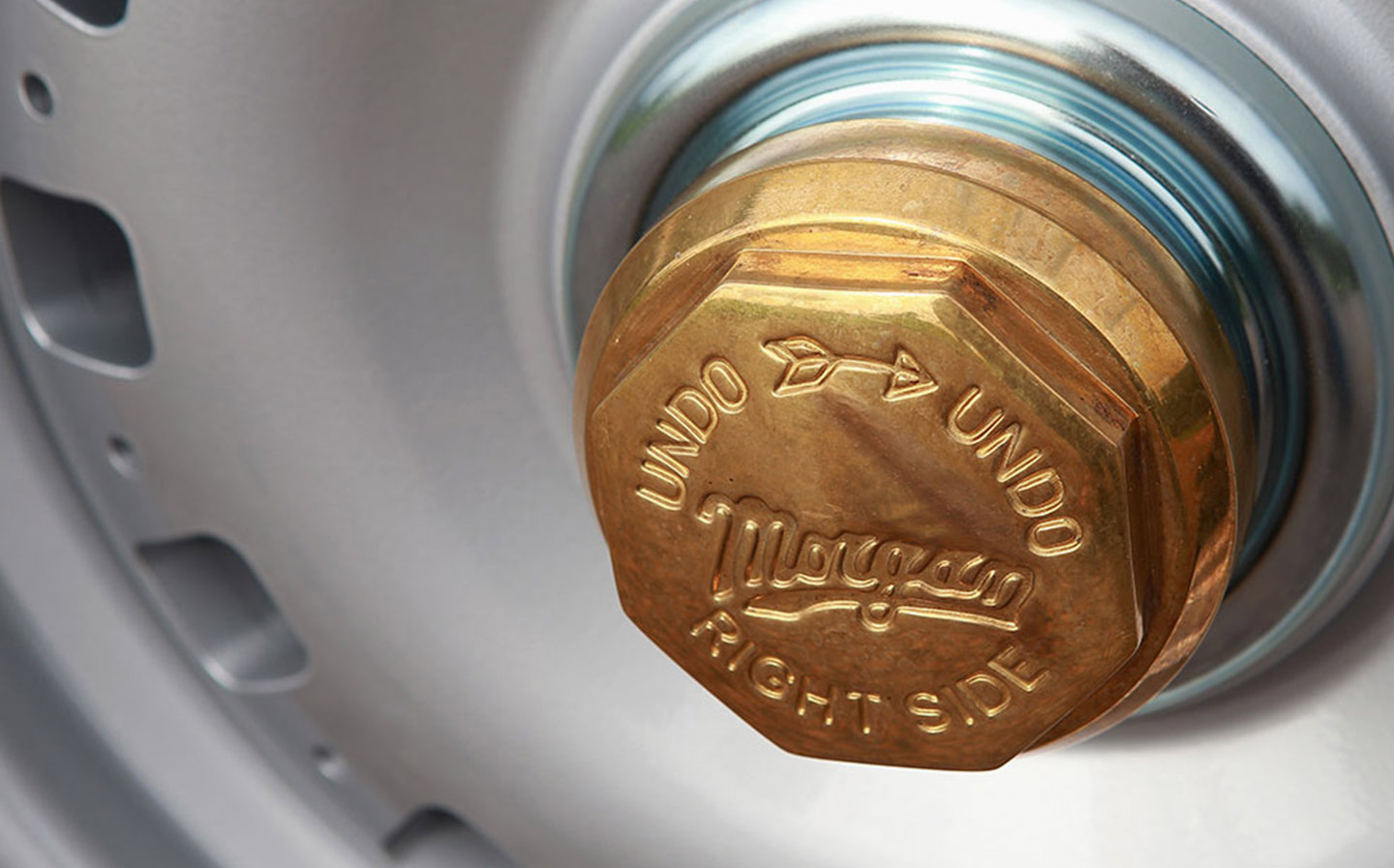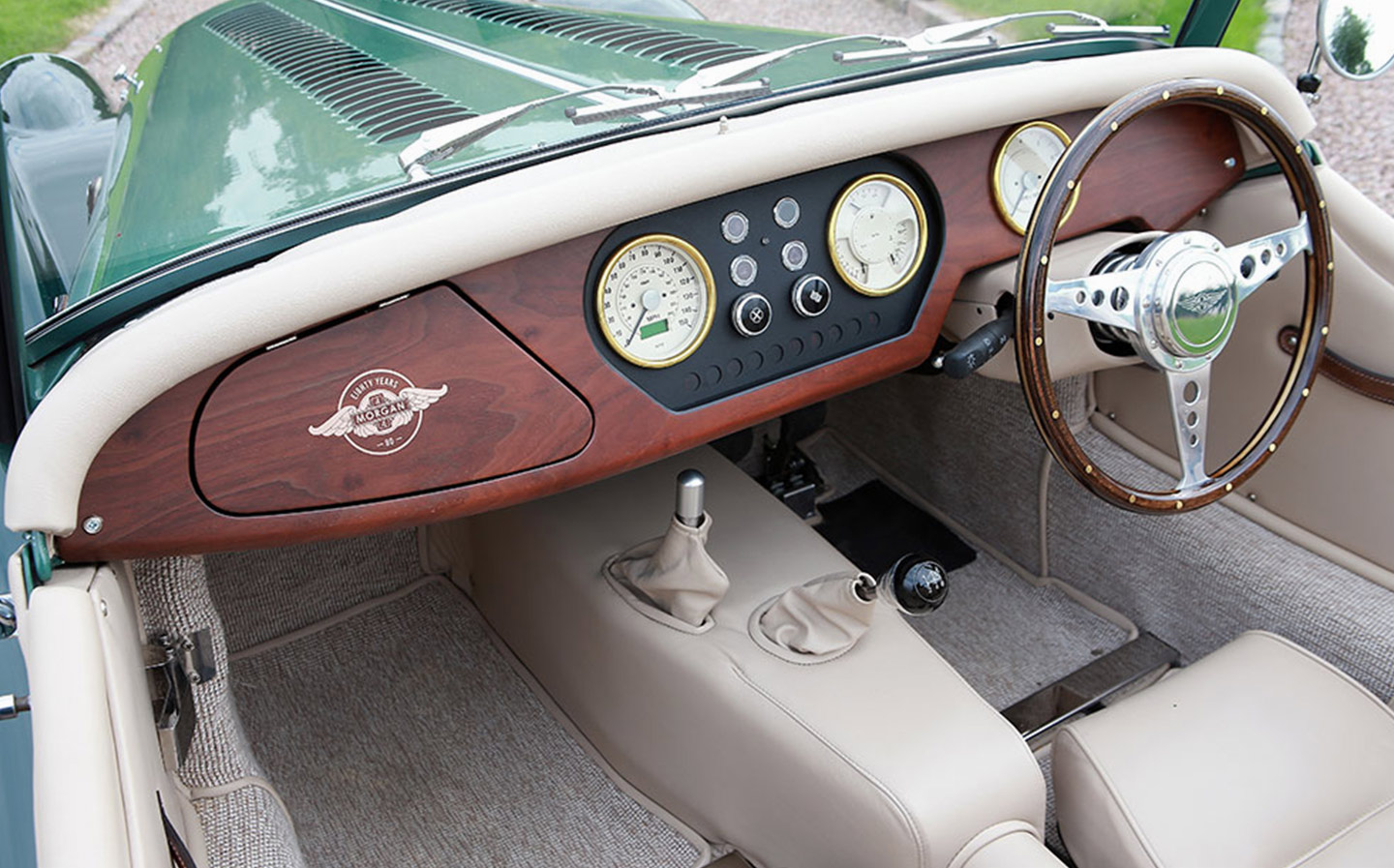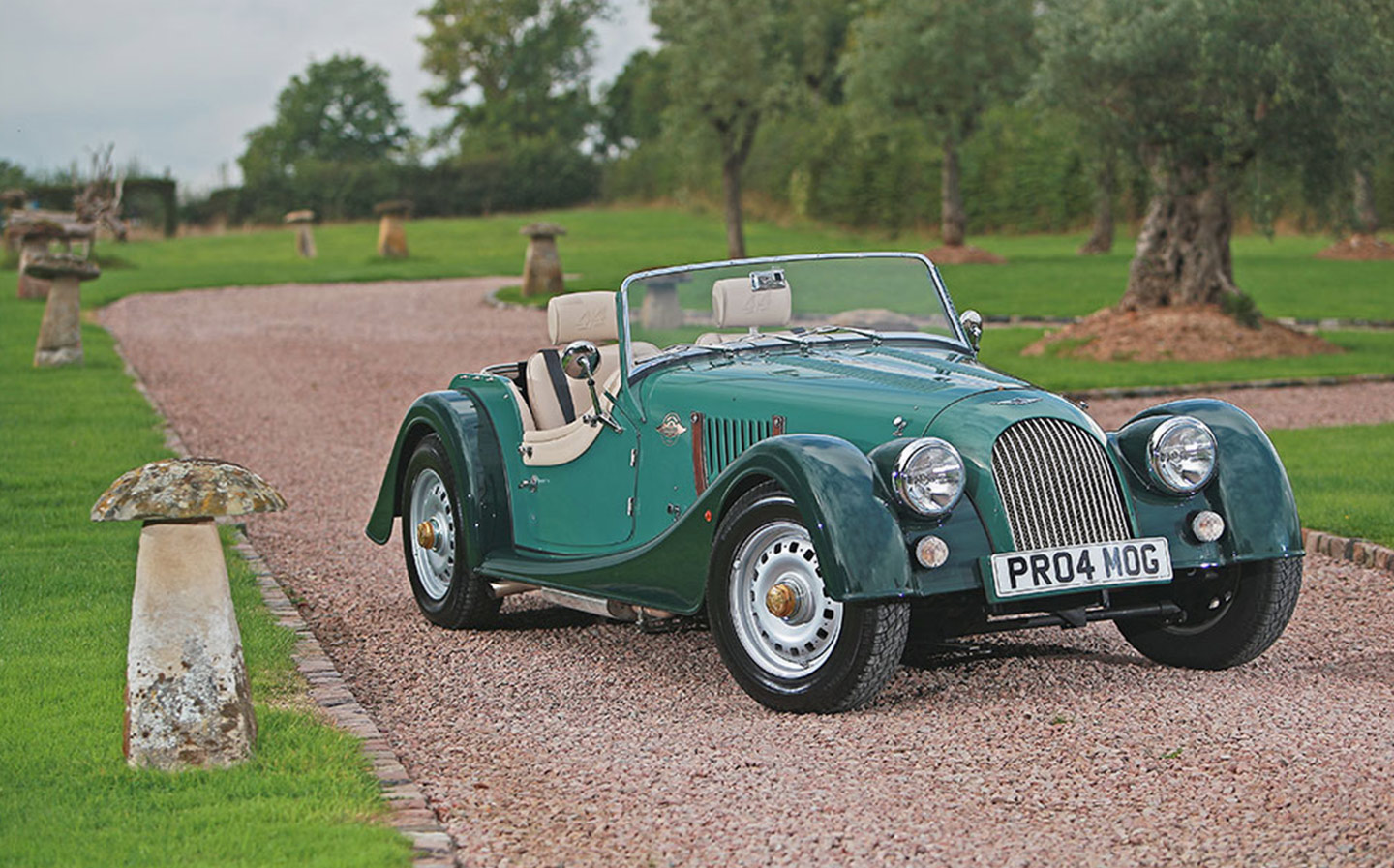Morgan 4/4 review
A modern classic. Or is it a classic modern?
CLASSIC car ownership has never been more popular than it is now. A constant stream of events and an abundance of flourishing owners’ clubs is testament to the fact. But not everyone wants to spend their weekends lubricating trunnions or tuning carburettors, which is one of the reasons why the modern classic has become something of a phenomenon.
Arguably the ideal classic is one which looks ancient but features modern running gear, so you don’t have to worry about overheating in traffic and you don’t need the calf muscles of an Olympic athlete to work the clutch. Step forward the Morgan 4/4.
In a world where the lifespan of some car models can be measured in months rather than years, it’s faintly ridiculous that the Morgan 4/4 has been in production since 1936. In 1955 the radiator cowl was redesigned and there have been numerous mechanical updates along the way, but the Morgan 4/4 pictured here isn’t as different as you might think from its 1930s forebear.
View the Morgan 4/4s for sale on driving.co.uk
The basic construction hasn’t changed for example; there’s still a steel chassis under an ash-framed bodyshell with the panels tacked into place. The fit, finish and quality of construction have improved immeasurably over the years, but you still need to view the Morgan in a very different light from any other 35 grand sportscar, although the 80th Anniversary special edition we drove (and which has now sold out) breaches the £40,000 barrier.
If a Porsche Boxster or Audi TT floats your boat, the chances are you’ll be distinctly unimpressed with the coachbuilt wonder from Malvern, but don’t be too quick to dismiss it. On paper the 4/4 doesn’t have much to offer. It’s basic and not very fast; a top speed of 115mph doesn’t excite and the 0-62mph time of eight seconds sounds positively pedestrian, but as you’d expect, there’s much more to the Mog than raw figures.
It would be easy to assume that to go with those pre-war looks there’s a pre-war driving experience, but the 4/4 is unashamedly modern to pilot and as easy to drive as any supermini.
While the unassisted steering is light and direct but disappointingly devoid of feel, the rest of the package helps to compensate. The sweet and flexible 1.6-litre Ford Sigma engine is happy to rev, which is just as well as it doesn’t wake up until there are 3,000 revs on the dial. As a result you have to make use of the Mazda MX-5-sourced five-speed gearbox, but that’s no hardship as it has one of the best gearchanges going.
“The lack of multiple electronic safety nets is somehow rather liberating”
Our test car also came with a side-exit exhaust which pops and bangs on the over-run. It’s essential if you want any aural presence; the regular rear-exit pipe is disappointingly quiet.
Morgan has stuck with leaf springs at the back and sliding pillar suspension at the front, so the handling isn’t exactly scalpel-sharp. The ride is firm thanks to the limited suspension travel but the heated seats are fabulously supportive and they do a better job of absorbing bumps than the dampers do, although they’re necessarily narrow because of the cockpit’s limited width, so there’s no room for fatties.
There’s a complete lack of driver aids of course; you’ll find no anti-lock brakes, airbags or ESP. A pair of seatbelts is the only concession to safety; even the headlights appear to have been taken from an MGB. Drive the 4/4 on a greasy surface and the 795kg kerb weight means it’s easy to lock up the wheels if you try to stop in a hurry. But the lack of multiple electronic safety nets is somehow rather liberating. It forces you to think when you press on, rather than just switch off and expect the car to sort things out.
If the dynamics are a mixture of brilliant and antique, it’s all the other stuff that makes the 4/4 such a tempting prospect. The fabulous view through the heated windscreen and down the bonnet. The cabin that’s swathed in leather and the plethora of post-war details such as the stalk-mounted mirrors, the sidescreens and the white-faced dials scattered across the fascia.
Browse NEW or USED cars for sale on driving.co.uk
The build quality is superb too; our test car didn’t come with any of the squeaks and rattles that you might expect from a low-volume sportscar with a pre-war construction, and the lustrous paint is beautifully applied. Practicality is also surprisingly good thanks to a decently sized stowage area behind the seats, underneath the tail panel.
What no doubt swings it for some owners though is the fiscal argument, because the 4/4 seems to be immune from depreciation. Buy one and look after it, and when you come to sell you should get most of your money back. You might even make a profit, despite Morgan’s waiting list having been cut from a legendary seven years to more like one.
While similarly priced rivals might be quicker or more capable, they all shed value like any other car. But perhaps most importantly they don’t force you to mentally change down a gear every time you go for a drive, which is why if you’re looking for the perfect way to escape the stresses and strains of modern life, the Morgan 4/4 might just be it.


